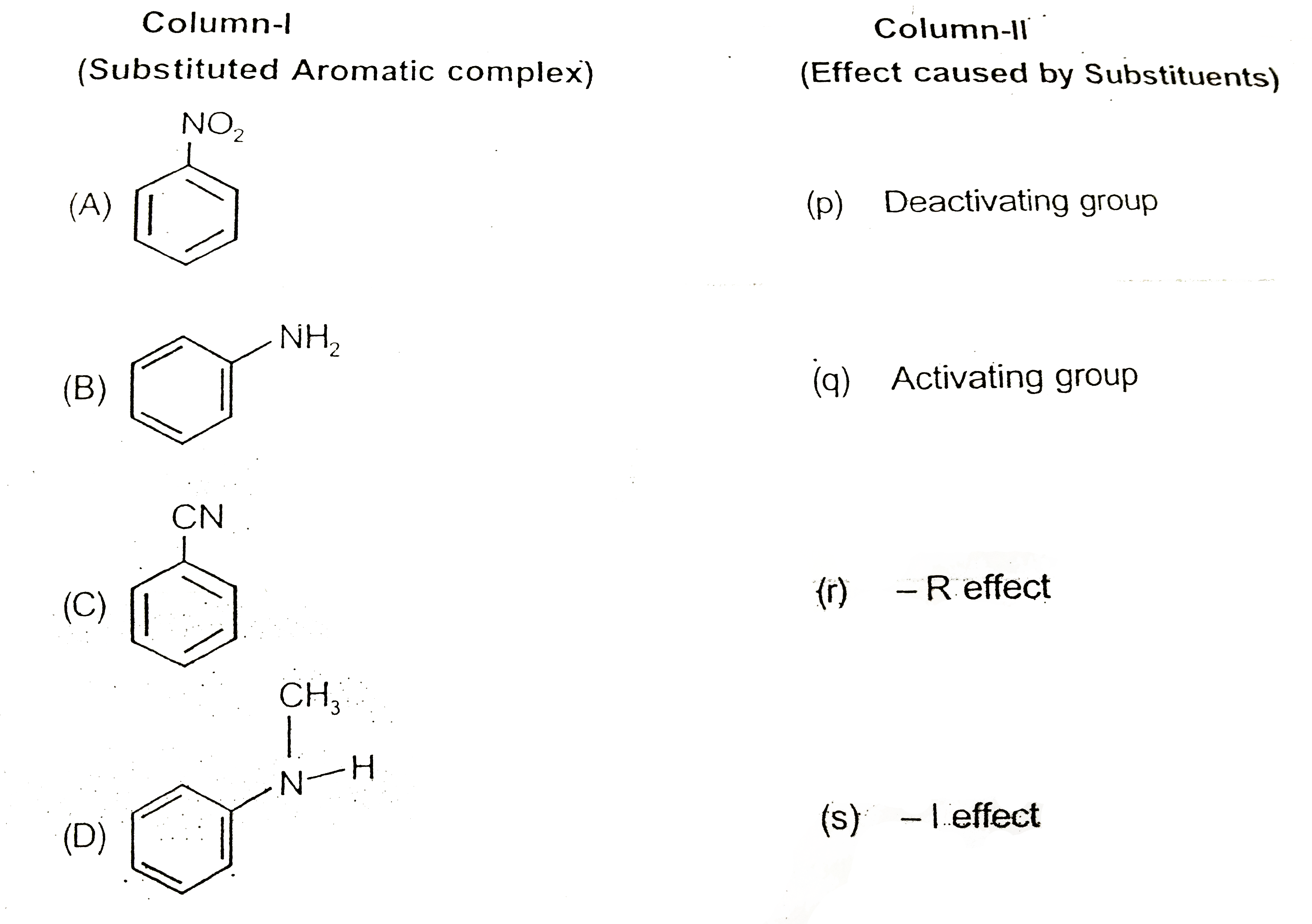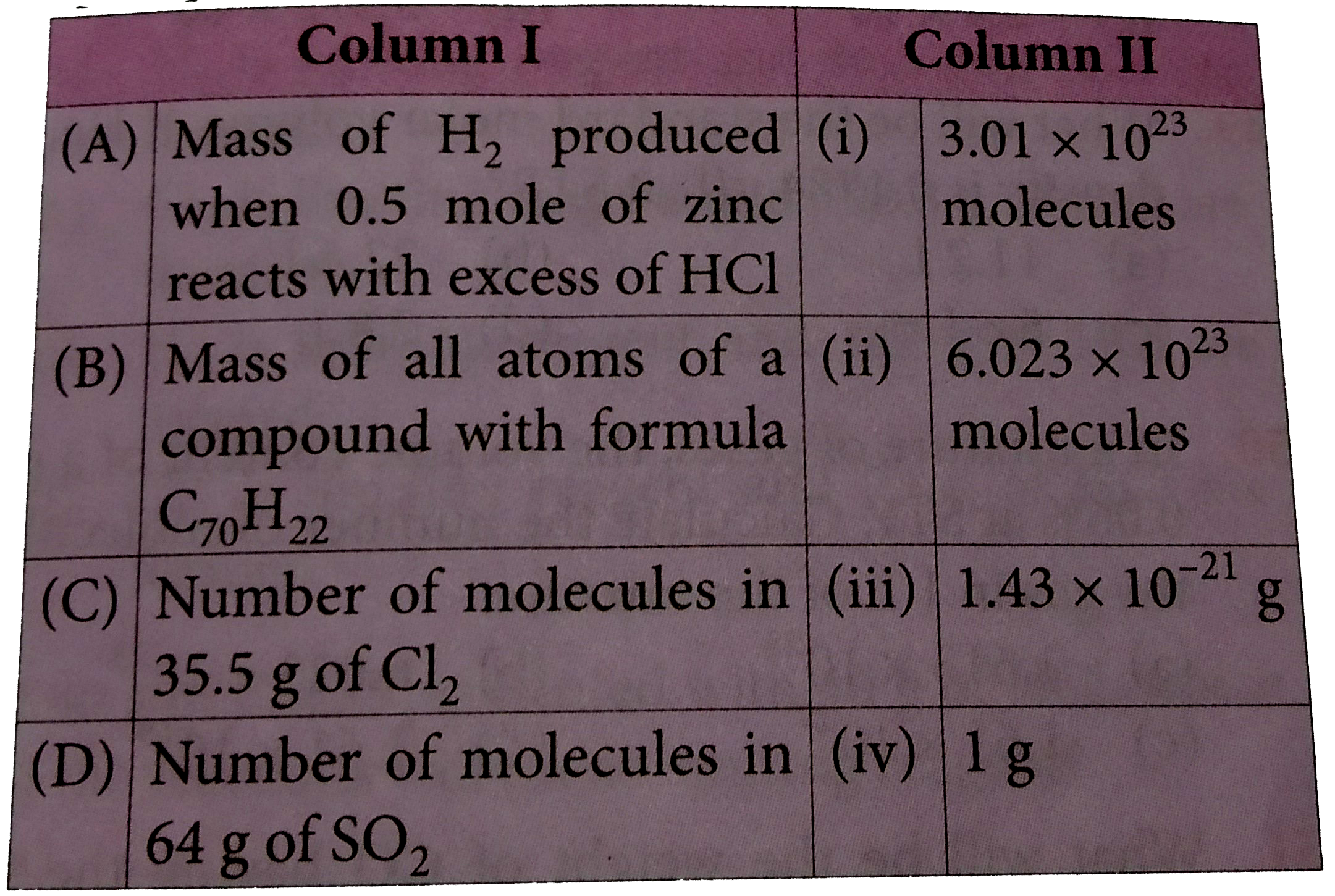Match the following coloumns and select the correct option. a. Hibernation(Coloumn-I) - (i) Snails(Couloumn-II) b. Aestivation(Coloumn-I) - (ii) Many zooplanktons(Coloumn-II) c. Migration(Coloumn-I) - (iii) Polar bears(Coloumn-II) d. Diapause(Coloumn-I) - (iv) Siberian cranes(Coloumn-II)
a(iii), b(iv), c(i), d(ii)
a(iii) ,b(i) ,c(iv) ,d(ii)
a(i) ,b(iii) ,c(ii) ,d(iv)
a(iii) ,b(ii) ,c(iv) ,d(i)
The correct Answer is:B
To solve the matching question, we will analyze each term in Column I and find the corresponding term in Column II.
Step 1: Analyze Hibernation
- Hibernation is a state of inactivity and metabolic depression in endotherms during winter. It is commonly seen in animals that need to survive harsh winter conditions.
- Match: Polar bears (iii) are known for hibernation.
Step 2: Analyze Aestivation
- Aestivation is similar to hibernation but occurs during hot and dry periods. It allows organisms to survive extreme heat.
- Match: Snails (i) undergo aestivation to avoid the harsh summer conditions.
Step 3: Analyze Migration
- Migration refers to the seasonal movement of animals from one region to another for feeding or breeding.
- Match: Siberian cranes (iv) are well-known for their migratory behavior, traveling from Siberia to India.
Step 4: Analyze Diapause
- Diapause is a period of suspended development in an organism, often in response to unfavorable environmental conditions.
- Match: Many zooplanktons (ii) can enter diapause to survive adverse conditions.
Final Matches
- a. Hibernation - (iii) Polar bears
- b. Aestivation - (i) Snails
- c. Migration - (iv) Siberian cranes
- d. Diapause - (ii) Many zooplanktons
Correct Option
The correct option is:
- A - iii
- B - i
- C - iv
- D - ii
Summary of Matches
- a. Hibernation - (iii) Polar bears
- b. Aestivation - (i) Snails
- c. Migration - (iv) Siberian cranes
- d. Diapause - (ii) Many zooplanktons
- Hibernation is a state of inactivity and metabolic depression in endotherms during winter. It is commonly seen in animals that need to survive harsh winter conditions.
- Match: Polar bears (iii) are known for hibernation.
- Aestivation is similar to hibernation but occurs during hot and dry periods. It allows organisms to survive extreme heat.
- Match: Snails (i) undergo aestivation to avoid the harsh summer conditions.
- Migration refers to the seasonal movement of animals from one region to another for feeding or breeding.
- Match: Siberian cranes (iv) are well-known for their migratory behavior, traveling from Siberia to India.
- Diapause is a period of suspended development in an organism, often in response to unfavorable environmental conditions.
- Match: Many zooplanktons (ii) can enter diapause to survive adverse conditions.
- a. Hibernation - (iii) Polar bears
- b. Aestivation - (i) Snails
- c. Migration - (iv) Siberian cranes
- d. Diapause - (ii) Many zooplanktons
The correct option is:
- A - iii
- B - i
- C - iv
- D - ii
- a. Hibernation - (iii) Polar bears
- b. Aestivation - (i) Snails
- c. Migration - (iv) Siberian cranes
- d. Diapause - (ii) Many zooplanktons
Topper's Solved these Questions
Similar Questions
Match the column I,II,and III .Select the correct option :

View SolutionMatch the coloumn I with coloumn II and select the correct option. a. Rhizome(Coloumn I) - (i) Lily(Coloumn II) b. Bulb(Coloumn I) - (ii) Gladiolus(Coloumn II) c. Sucker(Coloumn I) - (iii) Grass(Coloumn II) d. Corm(Coloumn I) - (iv) Curcuma(Coloumn II) e. Runner(Coloumn I) - (v) Banana(Coloumn II)
View SolutionMatch the coloumn-I with column-II

View SolutionMatch the following.
a. Gametangial contact (Coloumn I) - (i) Agaricus(Coloumn II)
b. Planogametic copulation(Coloumn I) - (ii) Mucor(Coloumn II)
c. Somatogamy(Coloumn I) - (iii) Puccinia(Coloumn II)
d. Gametangial copulation (Coloumn I) - (iv) Allomyces (Coloumn II)
e. Spermatization (Coloumn I) - (v) Pythium (Coloumn II)
View SolutionMatch the following coloumn. a. Corticolous (Coloumn I) - (i) Fungi growing on cow dung (Coloumn II) b. Xylophilous (Coloumn I) - (ii) Fungi growing on wood (Coloumn II) c. Epixylic (Coloumn I) - (iii) Fungi growing on hair (Coloumn II) d. Keratinophilous (Coloumn I) - (iv) Fungi growing on burnt wood (Coloumn II) e. Coprophilous (Coloumn I) - (v) Fungi growing on bark (Coloumn II)
View SolutionMatch the columns and choose the correct answer.
(a) Aldosterone (Column I) (i) Zona fasciculata (Column II) (b) DHEA (Column I) (ii) Zona glomerulosa (Column II) (c) Cortisol (Column I) (iii) Zona reticulans (Column II) (d) Adrenaline (Column I) (iv) Adrenal medulla (Column II)
View SolutionMatch the following.
a.Floating roots(Coloumn I) - (i)Podostemon(Coloumn II)
b. Assimilatory roots(Coloumn I) - (ii)Cuscuta (Coloumn II)
c. Hygroscopic roots(Coloumn I) - (iii)Bryophylum (Coloumn II)
d. Haustorial roots(Coloumn I) - (iv)Jussiaea (Coloumn II)
e. Epiphylous roots(Coloumn I) - (v)Orchids(Coloumn II)
View SolutionMatch the coloumn I with coloum II and mark the appropriate choice.

View SolutionMatch Column I with Column II. (a) Physalia (Column I),(i) Devil fish (Column II),(b) Ascaris (Column I),(ii) King crab (Column II),(c) Limulus (Column I),(iii) Roundworm (Column II),(d) Octopus (Column I),(iv) Portuguese man of war (Column II)
View Solutionmatch the following: a. ICNB (column I) and (i) bacteriophage (column II). (b) ICNCP(column I) and (ii) animals(column II). (c)ICVCN( column I) and (iii) Vibrio cholerae (column II). (d)ICZN(column I) and (iv) cultivated plants (column II)
View Solution
